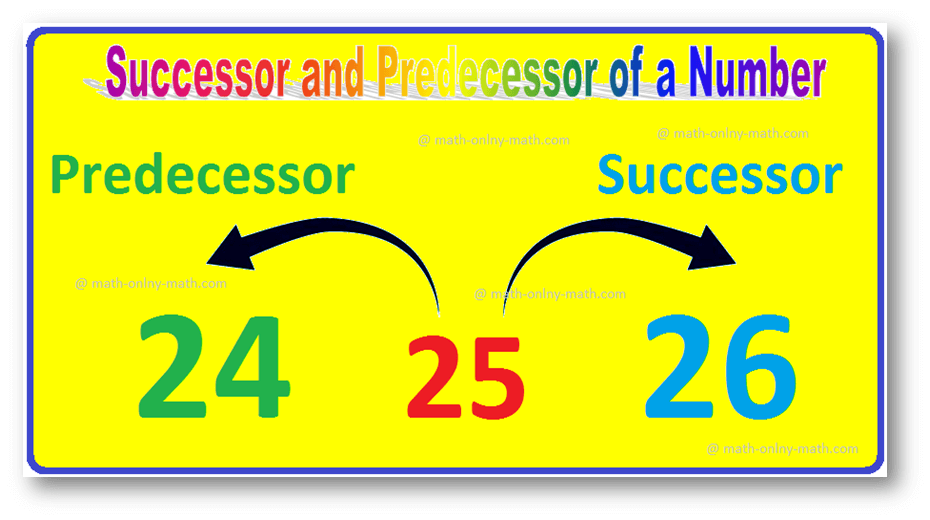Subscribe to our ▶️ YouTube channel 🔴 for the latest videos, updates, and tips.
Home | About Us | Contact Us | Privacy | Math Blog
Estimate to Nearest Hundreds
In order to estimate to nearest hundreds we follow the following procedure:
Step I: Obtain the number.
Step II: Examine the digit at tens place.
Step III: If the digit at tens place is less than 5, replace each one of the digits at tens and ones or units place by 0 and keep all other digits as they are.
If the digit at tens place is 5 or greater than 5, increase the digit at hundreds place by 1 and replace each one of the digits at tens and ones place by 0.
The number so obtained is the number rounded off to the nearest hundreds.
Let us consider some of the examples to estimate to nearest hundreds:
Round off each of the following numbers to nearest hundreds.
(i) 5839
Solution:
The given number is 5839.
Its
tens digit is 3, which is less than 5. So, we replace each of the tens
and ones digits by 0 and keep the other digits as they are to round off
the given number to nearest hundreds.
Hence, 5839 is rounded off to nearest hundreds as 5800.
(ii) 9472
Solution:
The given number is 9472.
Its
tens digit is 7, which is greater than 5. So, we increase the digits at
hundreds place by 1 and replace each one of the digits at tens and ones
place by 0 to round off the given number to nearest hundreds.
Hence, 9472 is rounded off to nearest hundreds as 9500.
(iii) 7456
Solution:
The given number is 7456.
Its
tens digit is 5. So, we replace each of the tens and ones digit by 0
and increase the hundreds digit by 1 to get the rounded off number to
the nearest hundred.
Hence, 7456 is rounded off to nearest hundreds as 7500.
It follows from the above examples that
(i) the numbers ending in 01 to 49 are rounded off downwards.
(ii) the numbers ending in 50 to 99 are rounded off upwards.
Important Note:
If the digit in the tens place is 0, 1, 2, 3 or 4 we replace the digits in the tens and ones place by zero. If the digit in the tens place is 5, 6, 7, 8, or 9 we replace the digits in the tens and ones place by zeros. We also increase the digit in the hundreds place by 1.
● Estimate
Estimating Product and Quotient
Numbers Page
6th Grade Page
From Natural Numbers to HOME PAGE
Didn't find what you were looking for? Or want to know more information about Math Only Math. Use this Google Search to find what you need.
Recent Articles
-
Successor and Predecessor | Successor of a Whole Number | Predecessor
Jul 29, 25 12:59 AM
The number that comes just before a number is called the predecessor. So, the predecessor of a given number is 1 less than the given number. Successor of a given number is 1 more than the given number… -
Worksheet on Area, Perimeter and Volume | Square, Rectangle, Cube,Cubo
Jul 28, 25 01:52 PM
In this worksheet on area perimeter and volume you will get different types of questions on find the perimeter of a rectangle, find the perimeter of a square, find the area of a rectangle, find the ar… -
Worksheet on Volume of a Cube and Cuboid |The Volume of a RectangleBox
Jul 25, 25 03:15 AM
We will practice the questions given in the worksheet on volume of a cube and cuboid. We know the volume of an object is the amount of space occupied by the object.1. Fill in the blanks: -
Volume of a Cuboid | Volume of Cuboid Formula | How to Find the Volume
Jul 24, 25 03:46 PM
Cuboid is a solid box whose every surface is a rectangle of same area or different areas. A cuboid will have a length, breadth and height. Hence we can conclude that volume is 3 dimensional. To measur… -
Volume of a Cube | How to Calculate the Volume of a Cube? | Examples
Jul 23, 25 11:37 AM
A cube is a solid box whose every surface is a square of same area. Take an empty box with open top in the shape of a cube whose each edge is 2 cm. Now fit cubes of edges 1 cm in it. From the figure i…






New! Comments
Have your say about what you just read! Leave me a comment in the box below. Ask a Question or Answer a Question.